2019, Berlin, Maryland, USA
 Ten students from Berlin Intermediate School (BIS) (Heydein, Makai, Amber, Shane, Brandon, Brooklyn, Sage, Domnic, Lilah, Declan) created Project Nature in the Spring of 2019. The goal of Project Nature was to assess BIS’ school grounds and implement best management practices to improve their local Coastal Bays’ watershed. After weeks of research, democratically voting, and schoolground surveys, the students decided to undertake a three-part plan.
Ten students from Berlin Intermediate School (BIS) (Heydein, Makai, Amber, Shane, Brandon, Brooklyn, Sage, Domnic, Lilah, Declan) created Project Nature in the Spring of 2019. The goal of Project Nature was to assess BIS’ school grounds and implement best management practices to improve their local Coastal Bays’ watershed. After weeks of research, democratically voting, and schoolground surveys, the students decided to undertake a three-part plan.
- Plant a pollinator garden to promote native plants and encourage bees, birds, bats, and bugs to use the space.
- Revitalize a neglected school trail through pine forest. This trail will be used as an outdoor learning space for teachers to bring their classes. The Project Nature students will clear the trails of common green briar, mulch the pathway, and plant native plants at the entrance.
- Plant native trees around the otherwise open school grounds. These trees will provide needed shade and work as absorbers of stormwater runoff from the surrounding impervious surfaces.
Following the completion of their three-part project, students will create flyers to inform their student body and teachers of Project Nature. Their project video is also available for years to come on YouTube, so teachers and parents can view what the 2019 Project Nature students implemented to make their school grounds more environmentally friendly.
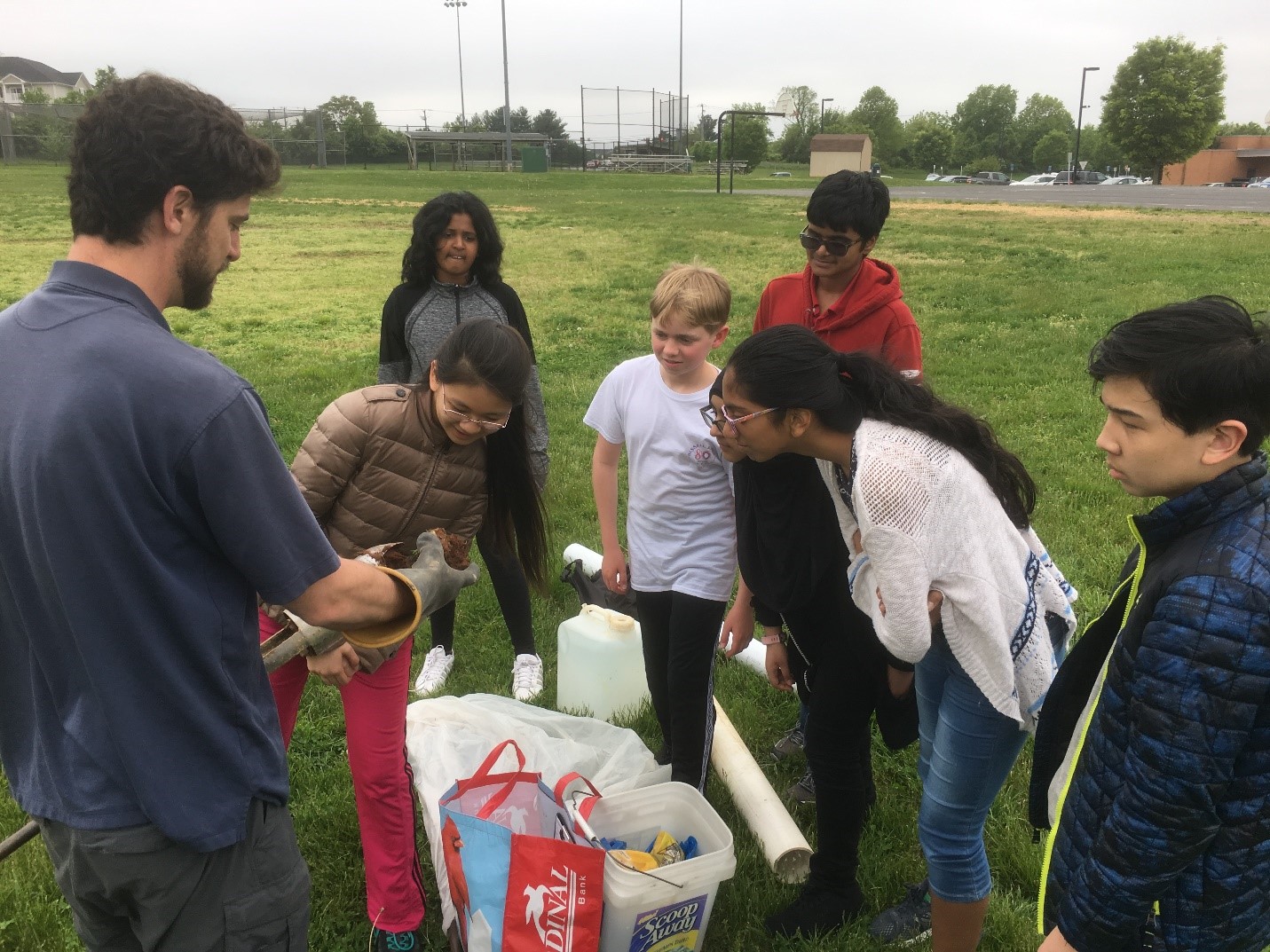
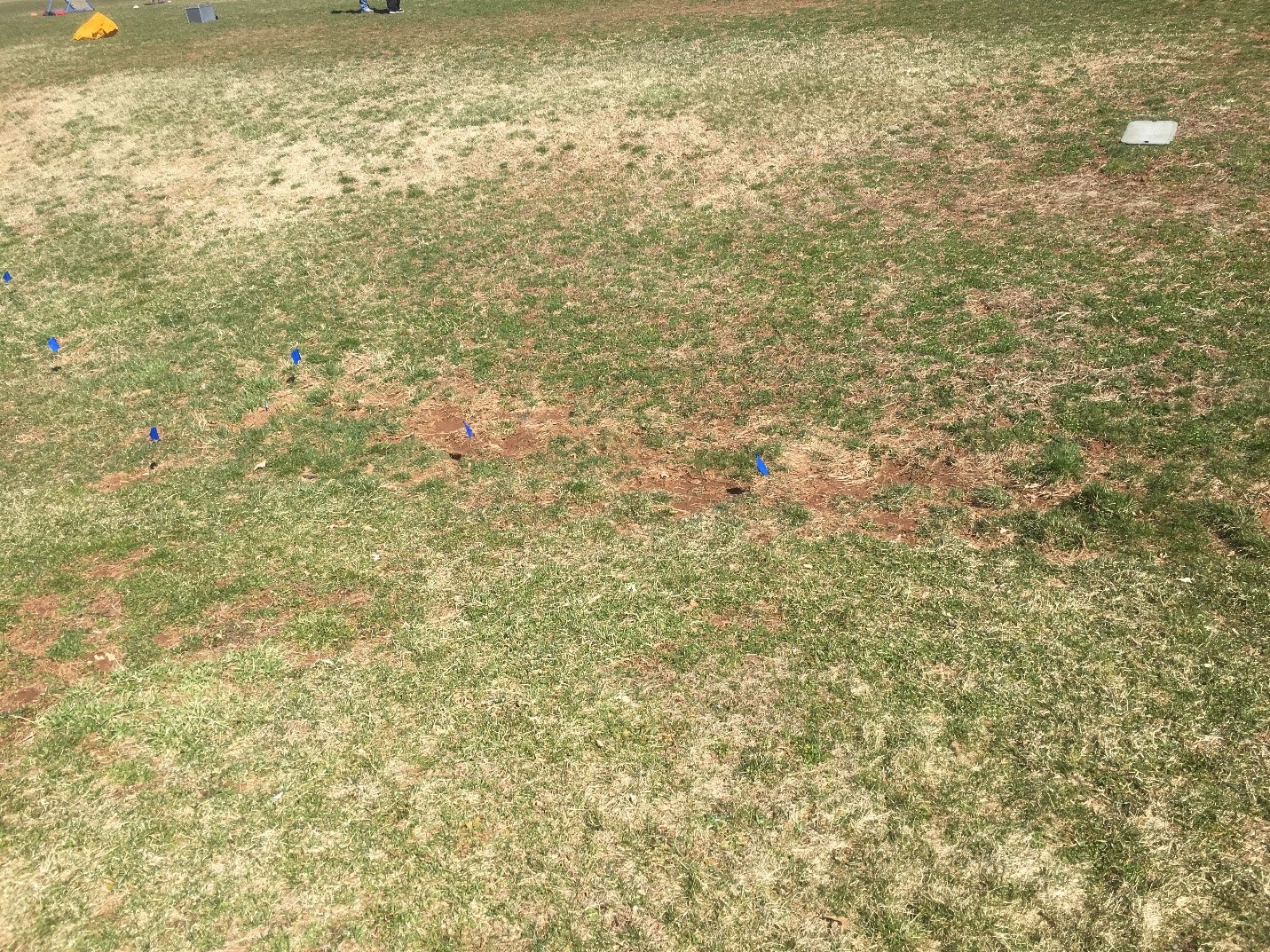
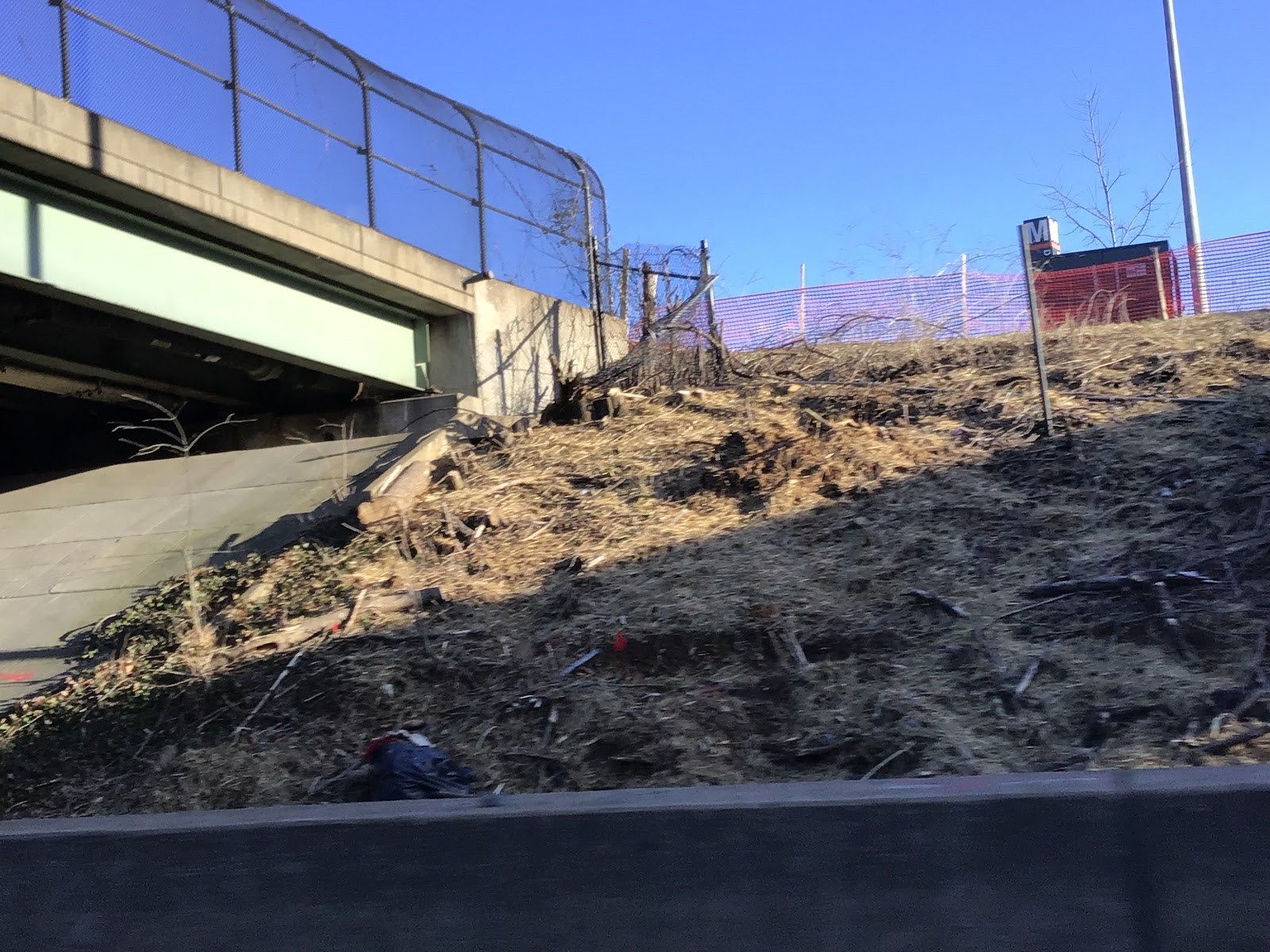
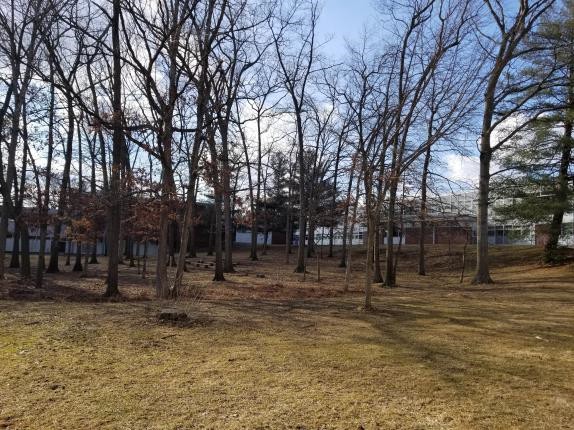 2019, Baltimore, Maryland, USA
2019, Baltimore, Maryland, USA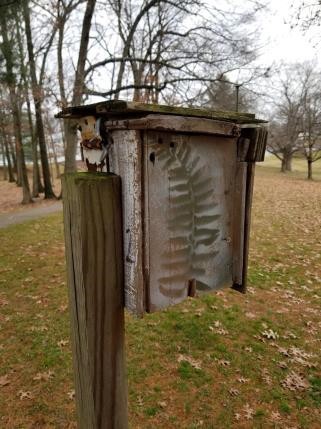
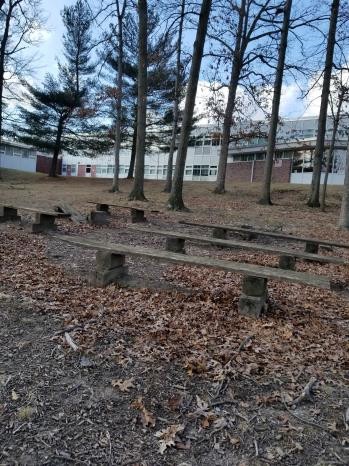
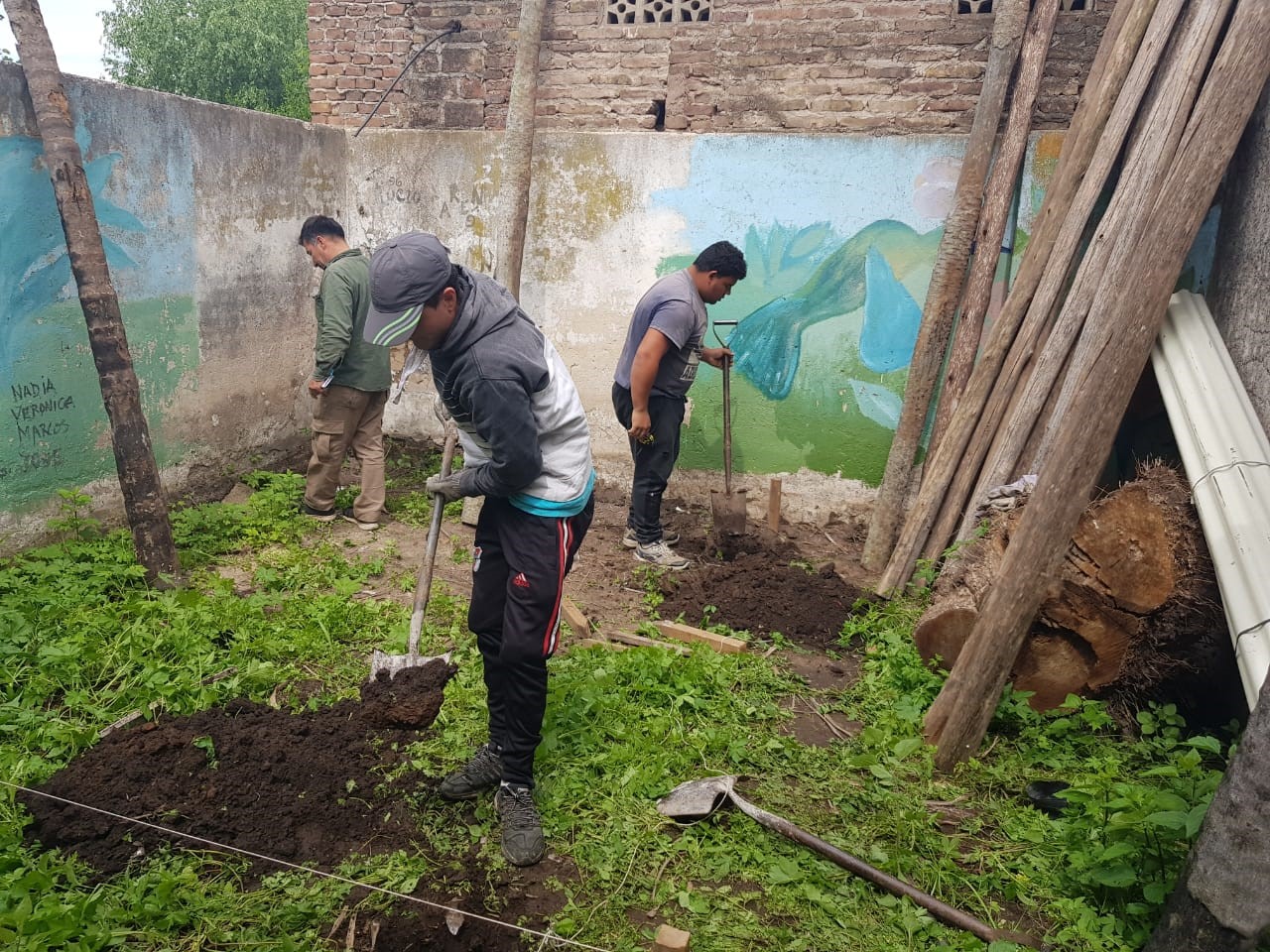 2018 Villa Espil, San Andres de Giles, Buenos Aires, Argentina
2018 Villa Espil, San Andres de Giles, Buenos Aires, Argentina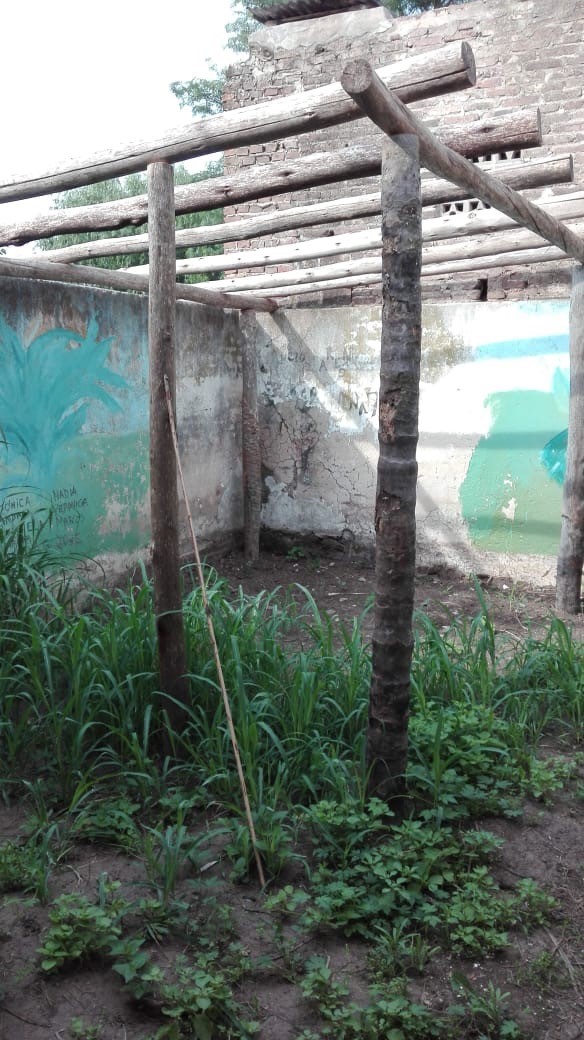
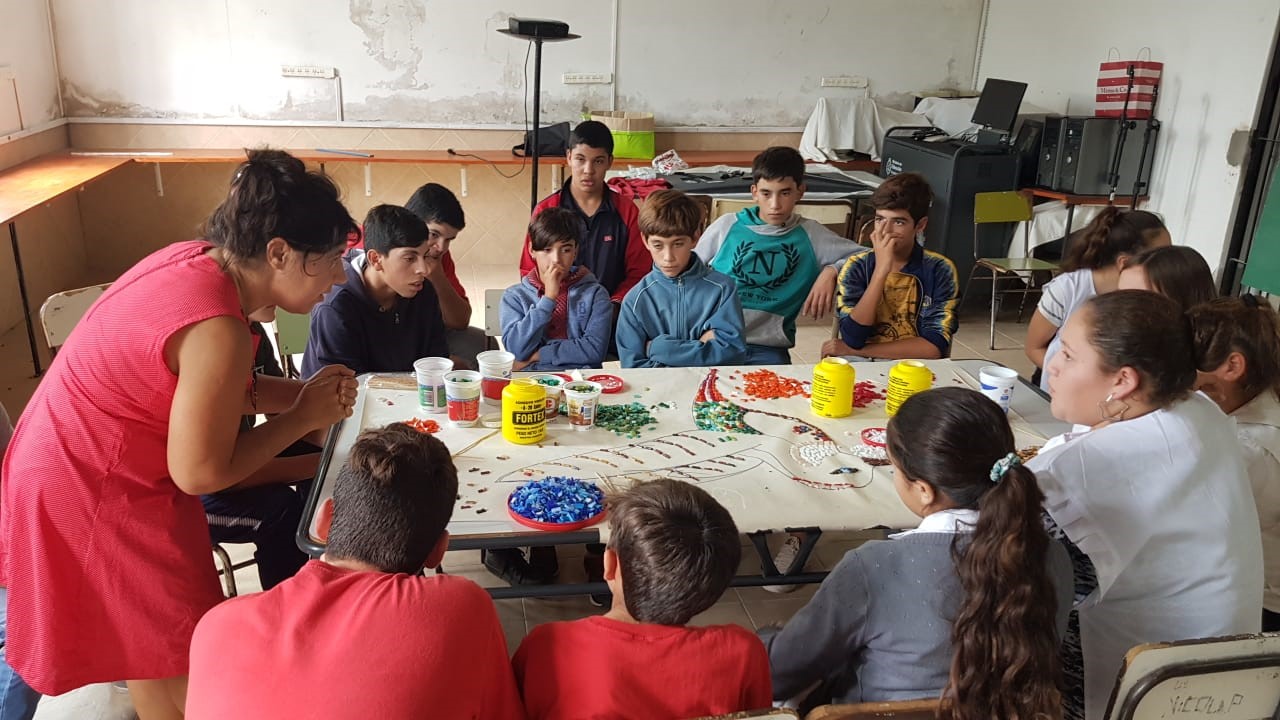
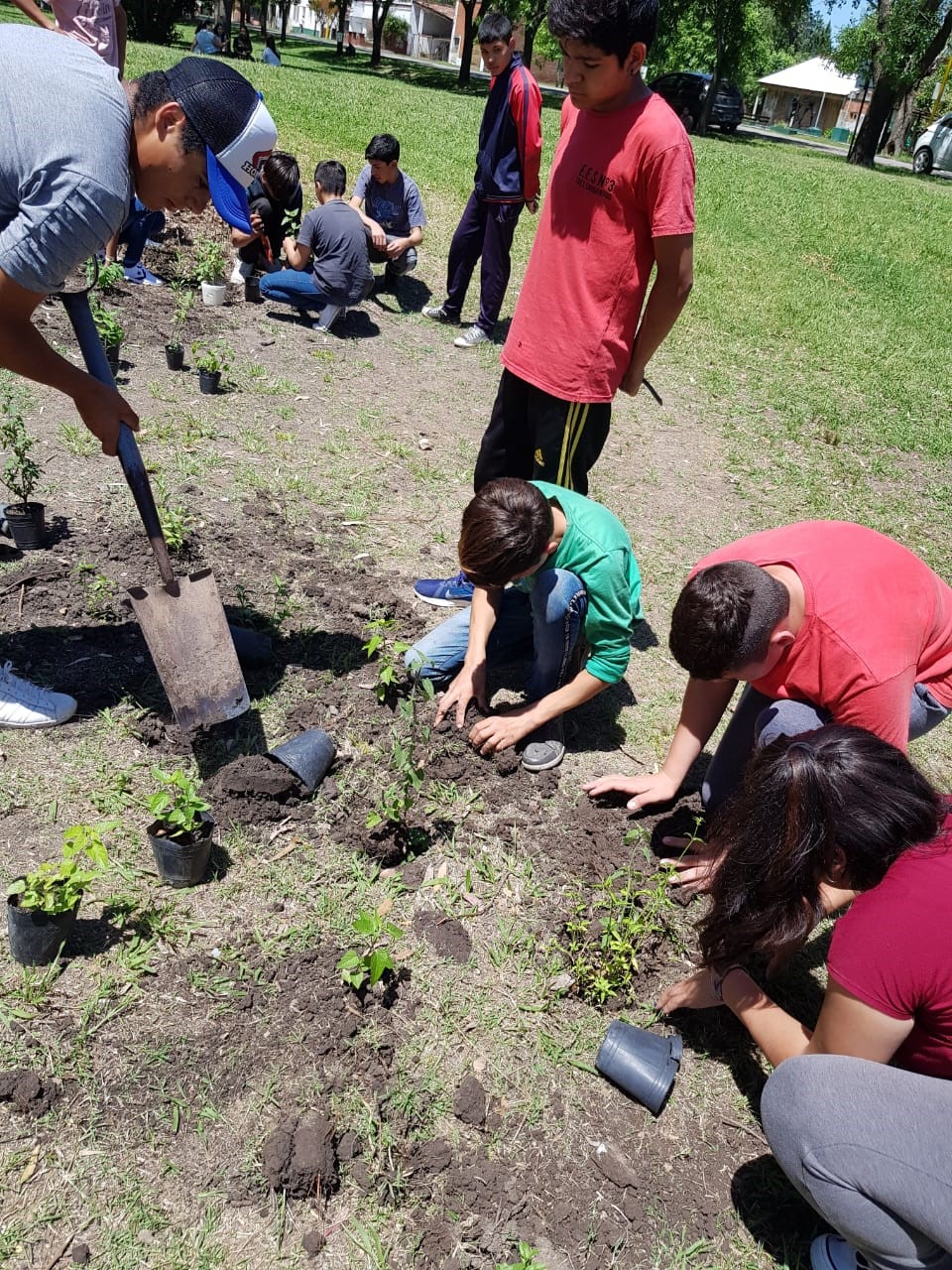
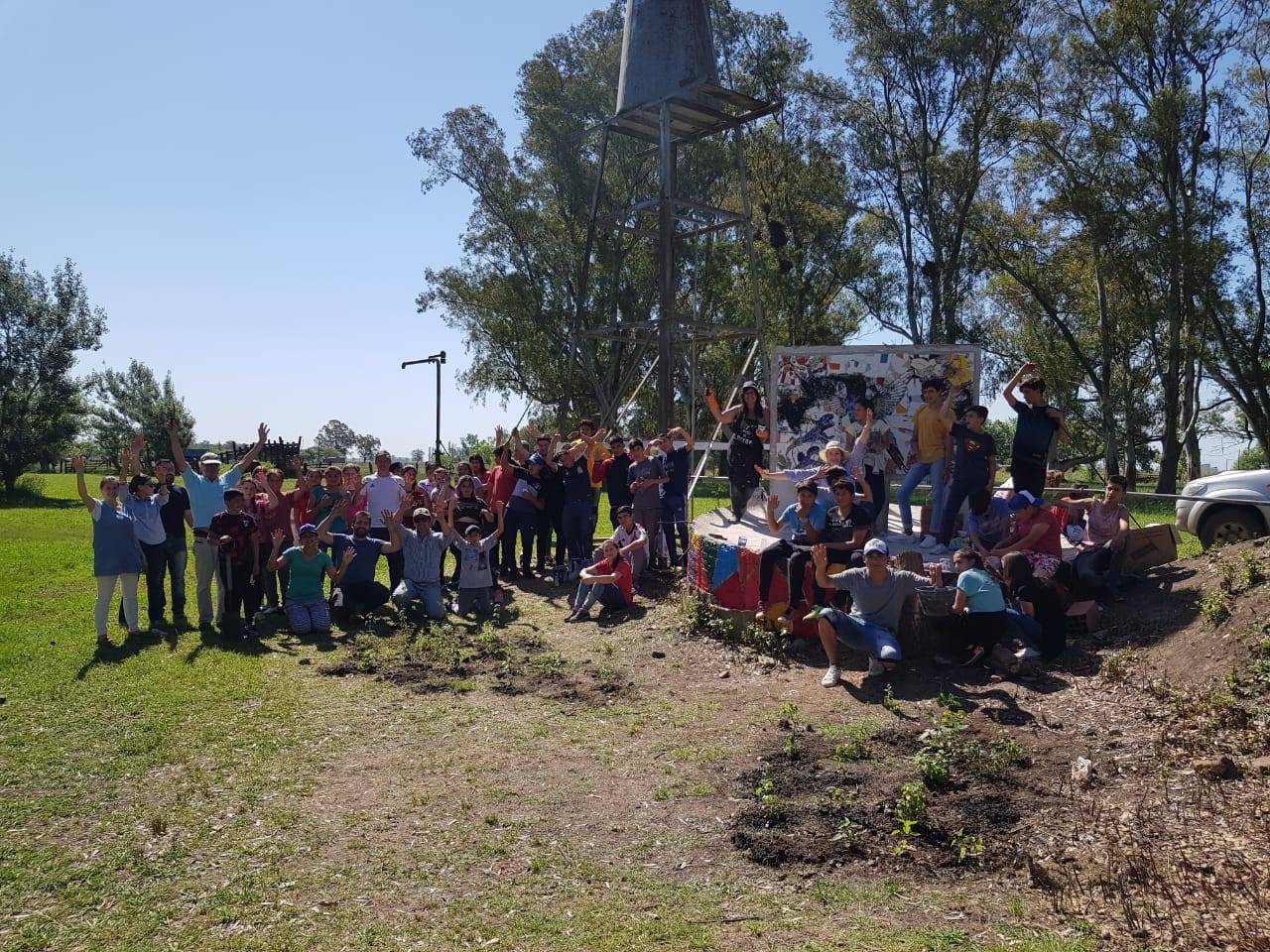
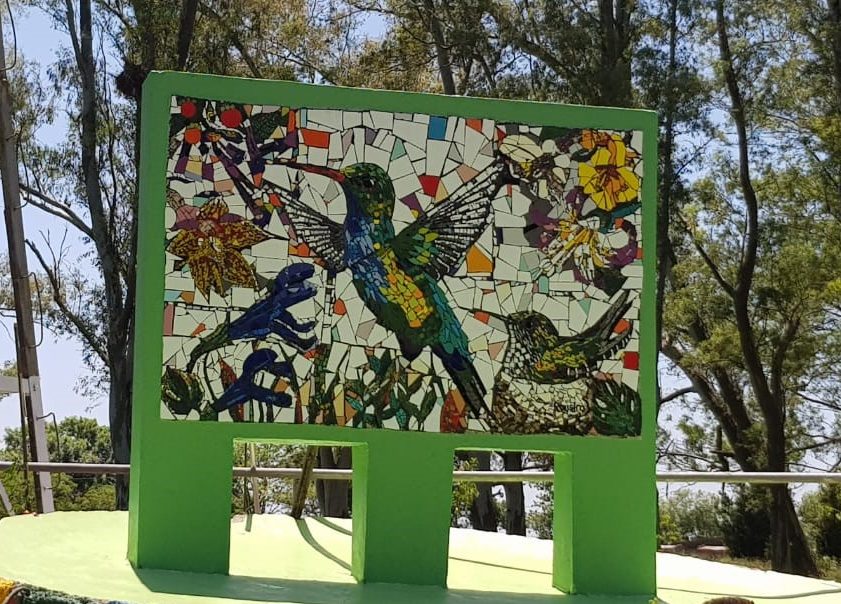
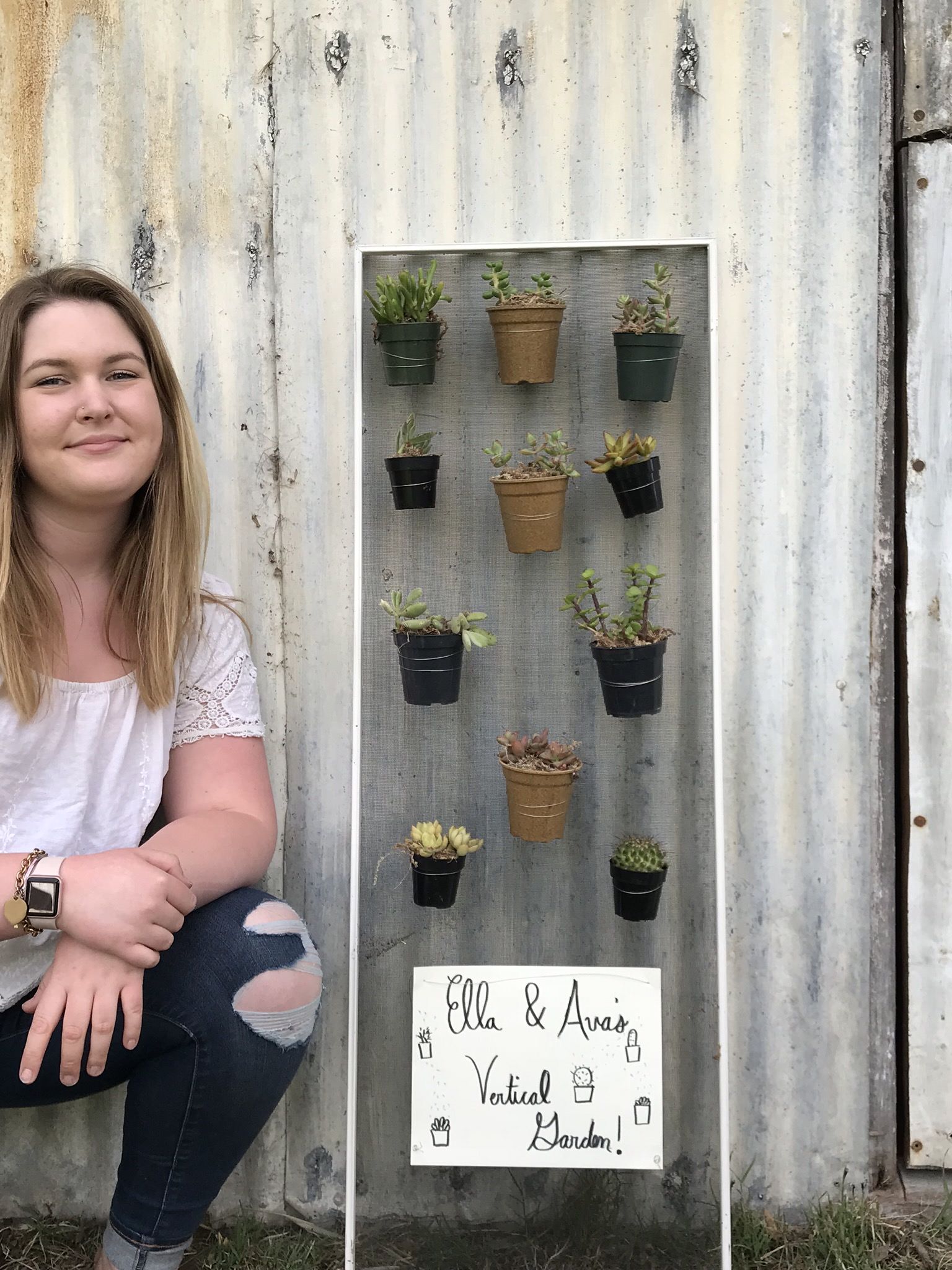
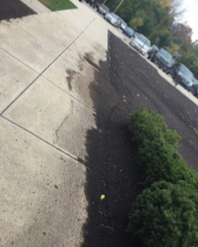
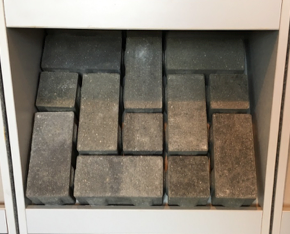
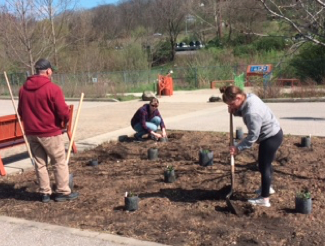

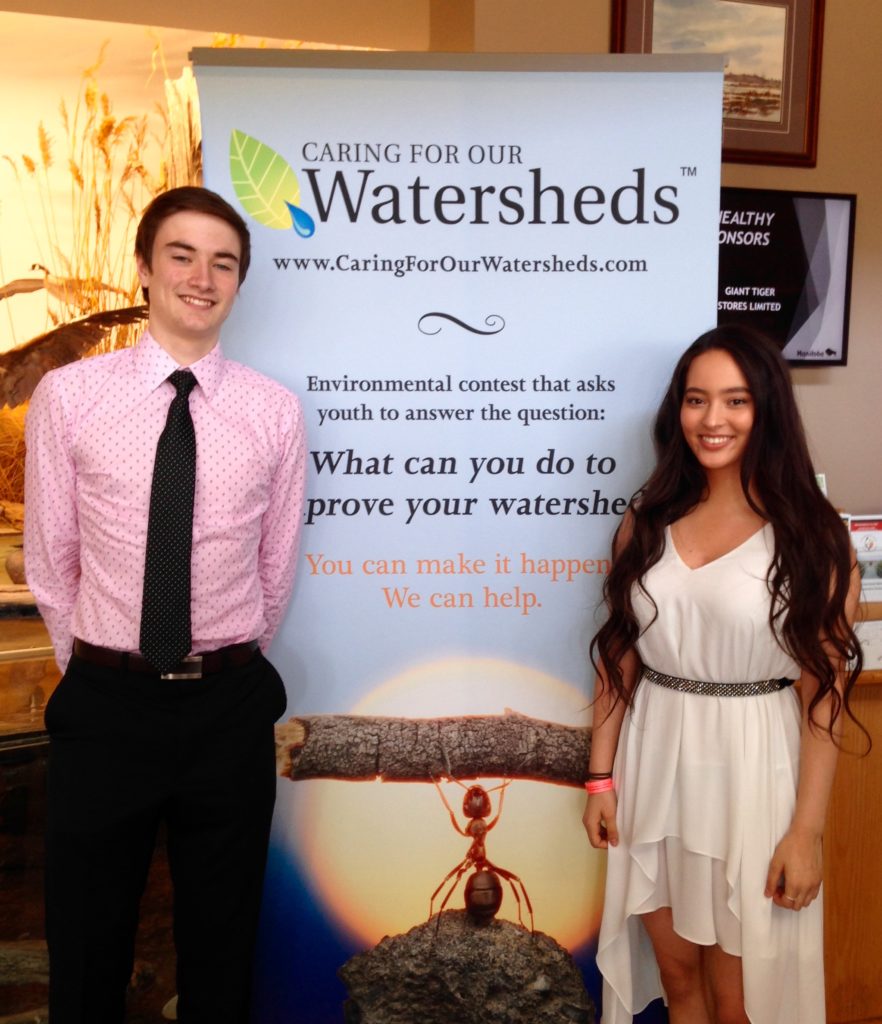 motivate others to create change in their community.
motivate others to create change in their community.